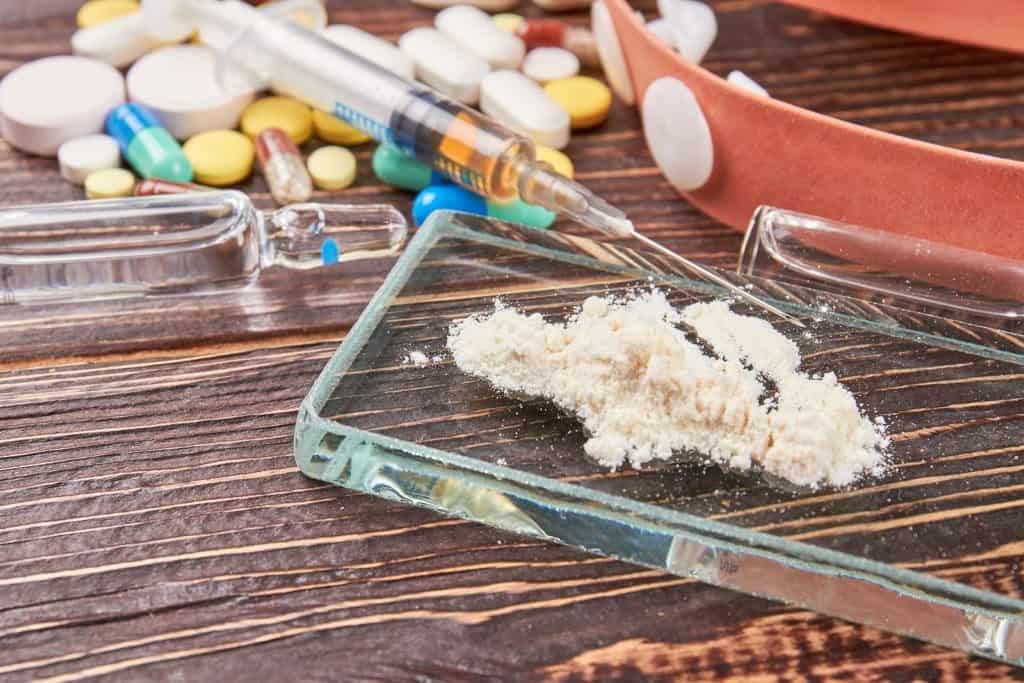Drug overdose deaths are a major contributor to premature death in the United States. As a country, we’re currently facing an epidemic. The rate of drug overdose deaths has increased 137 percent since 2000. Since that same year, there has been a 200 percent increase in opioid-related deaths (pain relievers and heroin).
California is the nation’s most populous state with slightly more than 39 million people. In fact, one in every eight U.S. residents lives in California. More people means more everything, including instances of drug abuse.
According to California’s Office of Statewide Health Planning and Development, Los Angeles County continues to see a steady increase in emergency department visits by millennials who use heroin (114 in the first nine months of 2010 to 237 for the same time period in 2016). In that same window, ER visits nearly tripled in Orange County from 81 to 206.
Heroin Use Is Increasing
The use of heroin in California, like the rest of the nation, is on the rise. It’s actually increased across the US among men and women, most age groups and all income levels.
So, what’s causing this increase?
Recent research suggests that heroin use has become more common for several reasons.
Over the past decade, there has been an upsurge in prescription painkiller abuse among young adults. And painkillers are the strongest risk factor for heroin addiction. Opioid painkillers are expensive. Users often decided to transition from these prescription drugs to a less expensive, more readily-available street drug like heroin. Some estimate that one pill of oxycodone can cost nearly $80 on the street while a bag of heroin costs only $5.
Another reason for the increased number of heroin-related deaths is the current cost of an effective antidote, like naloxone. Naloxone is a medication designed to rapidly reverse opioid overdose by quickly restoring normal respiration to a person whose breathing had slowed or stopped as a result of heroin or opioid painkiller use.
States play a key role in prevention, treatment and recovery. According to the CDC, states can help by:
- Addressing the addiction to prescription opioid painkillers.
- Increasing access to substance abuse treatment services for opioid addiction.
- Increasing availability of naloxone to reduce opioid overdose deaths.
- Ensuring that people have access to integrated prevention services.
- Helping local jurisdictions to put these effective practices to work in communities where drug addiction is common.
With heroin-related deaths on the rise, we all have to do our part to reverse this epidemic.
Heroin: The Basics
Heroin is an opioid drug made from morphine, a natural substance taken from the seed pod of the various opium poppy plants. It can be a white or brown powder, or a black sticky substance known as black tar heroin.
Look for these heroin addiction warning signs if you believe a loved one is abusing heroin.
Heroin is a highly-addictive drug. People who regularly use heroin can quickly develop a tolerance (meaning they’ll need higher and more frequent doses of the drug to get the effects they’re looking for). This puts them at increased risk for an overdose.
When people overdose on heroin, their breathing often slows or even stops, potentially decreasing the amount of oxygen reaching the brain (a condition called hypoxia). This can have short- and long-term mental effects and effects on the nervous system, including coma and permanent brain damage.
We’re Here to Help
Cycles of Change Recovery Services in California is designed to help your loved one gain the knowledge, courage and determination they need to maintain a drug-free lifestyle. Dealing with a drug-addiction is not something you can do on your own—it’s a disease that needs to be treated. Our certified counselors will work with your loved one to help them choose the best program for their unique needs. We’re here to help. Fill out this form or call us today at (661) 630-4176. Let’s reverse the epidemic.


